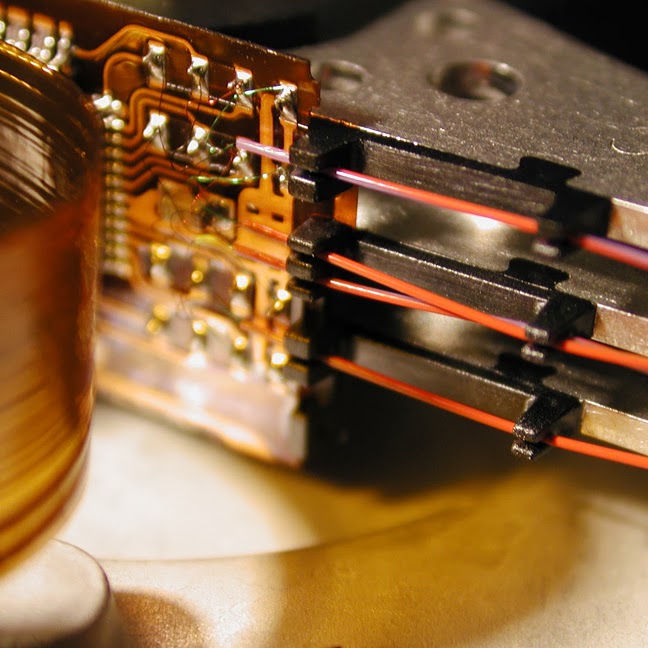According to the International Water Association (IWA), the main culprits for this loss are underground leaks on water mains and service pipes.
To monitor leaks in water pipeline networks, researchers at the Polytechnic University of Milan have experimented with a novel method using fibre optics — the inexpensive and commonly-used technology that allows us to have fast internet at home.
The scientists developed a distributed fibre optic sensing (DFOS) cable based on the so-called Stimulated Brillouin Scattering (SBS) technology, which enables the processing and storage of optical information.
This is a staggering amount of water lost daily, and it’s not just the drinking water itself, but for local governments it usually also means lots of lost revenue. In South Africa, we’ve seen the crazy situation where a city is being flooded by rains, but there is a shortage of drinking water. But the reason is simply due to problems with the delivery of water, even though dams may be full.
It is good to see research not only focusing on putting billionaires on Mars, but also trying to solve real-world challenges facing billions of humans on Earth right now. Water is our most precious and essential resource here on Earth, and although we may see much of it, only a very little is actual drinking water, and that water needs to reach people every day for them to survive.
It would be great if this fibre could be both used for this detection, and at the same time, also provide Internet access.
See https://thenextweb.com/news/fibre-optics-answer-to-water-loss-leaky-pipes
#technology #fibre #waterleaks

Here’s the link to the study: https://doi.org/10.3390/s23136205

I read the article and I still don’t really understand how exactly it’s supposed to work. I guess it can detect some deformation within the cable, but is this deformation guaranteed when a leak has occurred?
Does it give false positives or false negatives, and how often? Would different placement along the pipe matter? And is there some measurement besides “the cable has slightly deformed somewhere”? Like, is there a way to find the location of the leak, for example, or should the pipe be checked along the whole length of the cable between detectors?
They did link though to the full report at https://www.mdpi.com/1424-8220/23/13/6205

“Lost” seems a bit too much - how about unmanaged?
Unmanaged is the cause, but lost is the effect. It is quite correct in usage.

